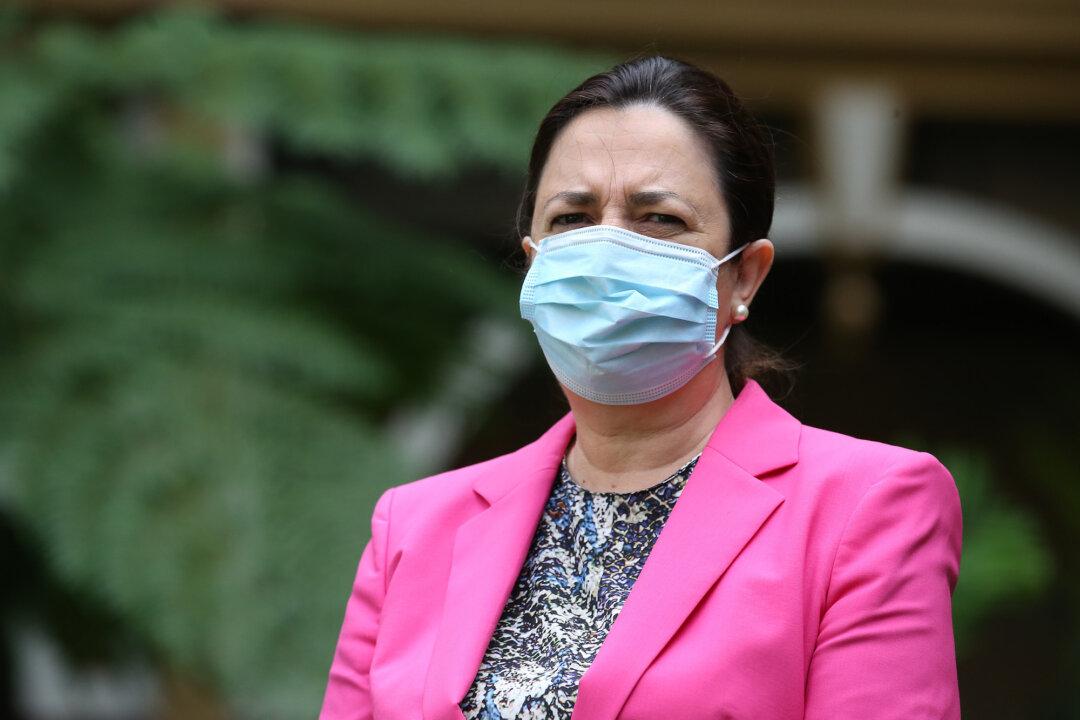The Queensland government has delayed the announcement of its back-to-school plan because Education Minister Grace Grace has contracted COVID-19.
“We wish her a speedy recovery,” Premier Annastacia Palaszczuk told reporters in Townsville on Tuesday.


The Queensland government has delayed the announcement of its back-to-school plan because Education Minister Grace Grace has contracted COVID-19.
“We wish her a speedy recovery,” Premier Annastacia Palaszczuk told reporters in Townsville on Tuesday.